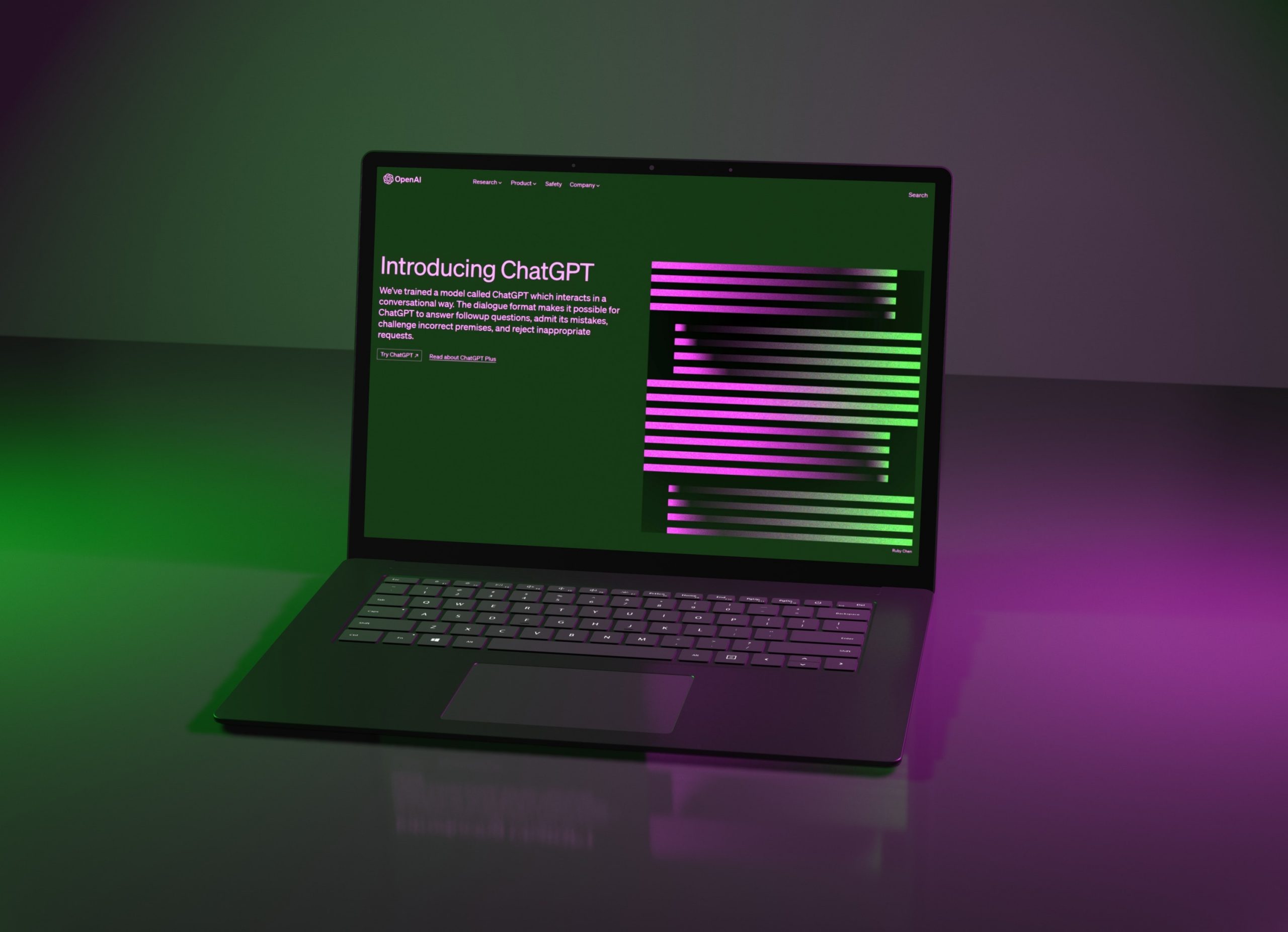Micro SaaS has emerged as a popular business model in recent years, offering entrepreneurs a unique opportunity to develop and monetize software solutions for niche markets. In this comprehensive guide, we will break down the key aspects of Micro SaaS development, discussing its definition, importance, and steps to build a successful Micro SaaS product. We will also explore the essential features that contribute to the success of such ventures, the challenges faced during development, and the strategies for maintenance and upgrades. Additionally, we will delve into future trends and the predicted growth of Micro SaaS, equipping you with the knowledge to make informed decisions about your software development journey.
What Is Micro SaaS?
Micro SaaS is characterized by its niche focus and its ability to provide targeted solutions to a specific group of users. These solutions are typically delivered through a cloud-based platform, ensuring accessibility and scalability for customers. Micro SaaS products are designed to be cost-effective, easy to use, and customizable, enabling users to streamline their workflows and improve efficiency.
One of the key advantages of Micro SaaS is its ability to address the pain points of a particular market segment. By understanding the unique challenges and requirements of a specific niche, Micro SaaS ventures can develop tailored solutions that effectively solve their customers’ problems. This level of customization sets Micro SaaS apart from traditional SaaS offerings, which often provide a more generalized approach.
Moreover, Micro SaaS ventures have the advantage of being able to iterate and adapt quickly. With a smaller customer base and a narrower focus, they can gather feedback and implement changes more efficiently. This agility allows Micro SaaS companies to stay ahead of the curve and continuously improve their offerings, ensuring that they remain relevant and valuable to their target audience.
The Role of Micro SaaS in Today’s Market
In today’s highly competitive market, businesses are constantly searching for ways to gain a competitive edge. Micro SaaS provides a valuable opportunity to meet the specific needs of niche markets, allowing businesses to differentiate themselves and tap into untapped revenue streams. By offering specialized solutions, Micro SaaS ventures can create a loyal customer base, resulting in increased customer satisfaction and long-term business success.
Furthermore, the rise of cloud computing and the increasing demand for software solutions have created a fertile ground for Micro SaaS to thrive. The accessibility and scalability offered by cloud-based platforms have made it easier for Micro SaaS ventures to reach their target audience and deliver their solutions effectively. This has opened up new possibilities for entrepreneurs and developers to create innovative Micro SaaS products that cater to niche markets.
Another significant advantage of Micro SaaS is its potential for scalability. While traditional SaaS products often target a broader market, Micro SaaS ventures can focus on a specific niche and scale their operations accordingly. This targeted approach allows them to allocate resources more efficiently, ensuring that they can meet the demands of their customers without compromising on quality or customer experience.
In conclusion, Micro SaaS offers a unique and valuable proposition in today’s market. By providing specialized solutions to niche markets, Micro SaaS ventures can differentiate themselves, build a loyal customer base, and tap into untapped revenue streams. With the rise of cloud computing and the increasing demand for software solutions, the future looks bright for Micro SaaS as it continues to revolutionize the way businesses meet the specific needs of their target audience.
How to Develop a Micro SaaS?

Developing a Micro SaaS product requires careful planning and execution. Here are the key steps that will guide you through the development journey:
Identifying a Niche
The first step in developing a successful Micro SaaS product is identifying a niche market that is currently underserved or has untapped potential. Conducting market research is crucial in understanding the needs and pain points of your target audience. By gaining insights into their preferences and challenges, you can determine the viability of your product and its potential for success.
For example, imagine you are interested in developing a Micro SaaS product for small business owners in the fitness industry. Through market research, you discover that many fitness professionals struggle with managing client appointments and payments. This insight could lead you to develop a Micro SaaS product that offers an all-in-one solution for scheduling, invoicing, and client management.
Planning Your Product
Once you have identified a niche, it is essential to define your product’s features and functionalities. Consider what value your product will bring to your target audience and how it will address their unique needs. A well-defined product roadmap will serve as a guide throughout the development process and help you stay focused on your goals.
Continuing with the fitness industry example, you might plan to include features such as automated appointment reminders, customizable client profiles, and integration with popular payment gateways. These features would address the pain points identified during your market research and provide a comprehensive solution for fitness professionals.
Building Your Micro SaaS
With a solid plan in place, it’s time to bring your Micro SaaS product to life. As a software development company with a proven track record, WeSoftYou recommends starting with a Minimum Viable Product (MVP) that includes the core features and functionalities of your product. This approach allows you to gather user feedback early on and make informed decisions about future enhancements.
From our experience, having a dedicated team of developers, designers, and QA specialists can greatly streamline the development process. A collaborative approach ensures that the product is developed efficiently, meets high-quality standards, and can adapt to evolving market needs.
During the development phase, it is important to prioritize user experience and usability. Conduct user testing and gather feedback to refine your product and make it more intuitive and user-friendly. This iterative process will help you create a Micro SaaS product that truly meets the needs of your target audience.
In addition, consider the scalability and security of your product. As your user base grows, your Micro SaaS should be able to handle increased traffic and data storage. Implementing robust security measures will protect your users’ data and build trust in your product.
Furthermore, don’t forget about marketing and promoting your Micro SaaS. Develop a comprehensive marketing strategy that includes content creation, social media engagement, and targeted advertising. Building brand awareness and attracting potential customers is essential for the success of your product.
In conclusion, developing a Micro SaaS product requires careful planning, market research, and a collaborative development approach. By identifying a niche, planning your product, and building it with a dedicated team, you can create a successful Micro SaaS that addresses the needs of your target audience. Remember to prioritize user experience, scalability, security, and marketing to ensure the long-term success of your product.
Key Features of a Successful Micro SaaS
A successful Micro SaaS product is characterized by several key features that contribute to its popularity and customer satisfaction. These features include:
User-Friendly Interface
A user-friendly interface is essential to ensure that users can easily navigate and utilize your product. Intuitive design, clear instructions, and well-organized workflows contribute to a positive user experience, resulting in increased user adoption and satisfaction.
For example, a successful Micro SaaS product may incorporate a clean and modern design, with a visually appealing color scheme and intuitive icons. The navigation menu could be strategically placed, allowing users to quickly access different sections of the product. Additionally, clear instructions and tooltips can guide users through complex processes, making it easier for them to accomplish their tasks.
Scalability and Flexibility
Scalability and flexibility are crucial aspects of Micro SaaS products. As your user base grows, your product should be able to handle increased demand without compromising performance. Additionally, offering customizable features allows users to tailor the product to their specific needs, enhancing its value and usability.
Imagine a Micro SaaS product that can seamlessly handle a surge in user traffic without experiencing any downtime or slowdowns. This scalability ensures that users can access the product whenever they need it, regardless of the number of concurrent users. Furthermore, providing flexible features, such as customizable dashboards or integrations with other popular software tools, empowers users to adapt the product to their unique workflows and requirements.
Robust Security Measures
Security is a top priority for any software solution, and Micro SaaS products are no exception. Implementing robust security measures, such as data encryption, secure authentication, and regular security audits, instills confidence in your users and protects their valuable data.
Consider a Micro SaaS product that employs industry-standard encryption algorithms to protect user data both during transmission and storage. This ensures that sensitive information, such as customer details or financial data, remains secure and inaccessible to unauthorized individuals. Furthermore, implementing secure authentication mechanisms, such as two-factor authentication or biometric verification, adds an extra layer of protection to prevent unauthorized access to user accounts.
In addition to these measures, conducting regular security audits and vulnerability assessments can help identify and address any potential security weaknesses in the product. This proactive approach demonstrates a commitment to maintaining the highest level of security standards and builds trust with users.
Challenges in Micro SaaS Development
Despite the promising opportunities presented by Micro SaaS, there are challenges that developers must overcome throughout the development process. Let’s discuss some of the common challenges:
Technical Challenges
The technical complexity of developing a Micro SaaS product can pose challenges, especially when it comes to integrating various systems and ensuring seamless functionality. It is crucial to have a talented development team with expertise in cloud computing, front-end and back-end development, and system integration.
When it comes to cloud computing, developers need to consider factors such as scalability, security, and reliability. Designing and implementing a robust infrastructure that can handle a growing user base and high data loads is essential. Additionally, ensuring data privacy and protection is paramount, as Micro SaaS products often deal with sensitive user information.
Front-end development plays a crucial role in creating an intuitive and user-friendly interface. Developers must focus on designing responsive layouts, optimizing performance, and providing a seamless user experience across different devices and screen sizes. This requires a deep understanding of HTML, CSS, and JavaScript, as well as knowledge of frameworks and libraries such as React or Angular.
Back-end development is responsible for the logic and functionality behind the scenes. Developers need to design efficient and scalable APIs, handle data storage and retrieval, and ensure smooth integration with external services. They must also consider factors such as load balancing, caching, and database optimization to deliver a fast and reliable Micro SaaS product.
System integration is another challenge in Micro SaaS development. Integrating with third-party services, such as payment gateways or email providers, requires careful planning and implementation. Developers need to ensure seamless data flow and synchronization between different systems, as well as handle potential errors and exceptions gracefully.
Market Competition
Market competition is inevitable in any industry, and Micro SaaS is no different. To stand out from the competition, it is essential to continuously monitor the market and keep a pulse on emerging trends. By focusing on providing exceptional value, excellent customer support, and consistent product improvements, you can differentiate your Micro SaaS product from competitors.
Understanding your target audience and their pain points is crucial for developing a competitive advantage. Conducting market research, gathering user feedback, and analyzing competitor offerings can provide valuable insights for product development. By identifying gaps in the market and addressing unmet needs, you can position your Micro SaaS product as a unique and valuable solution.
Marketing and branding also play a significant role in standing out from the competition. Developing a strong brand identity, creating compelling marketing messages, and leveraging various marketing channels can help increase awareness and attract potential customers. Building a community around your Micro SaaS product, through content marketing or social media engagement, can also foster trust and loyalty among users.
Customer Satisfaction
The success of a Micro SaaS product relies heavily on customer satisfaction. Providing timely support, actively listening to customer feedback, and resolving issues promptly are essential for building long-term relationships with your users. Prioritizing customer satisfaction will not only lead to repeat business but also generate positive word-of-mouth referrals.
Offering multiple channels for customer support, such as email, live chat, or a dedicated support portal, allows users to reach out with their questions or concerns easily. Having a knowledgeable and responsive support team that can provide personalized assistance is crucial for resolving issues efficiently and maintaining customer satisfaction.
Actively listening to customer feedback and incorporating it into product improvements shows that you value your users’ opinions. Regularly releasing updates and new features based on user requests and pain points can help enhance the overall user experience and keep customers engaged. Additionally, providing clear documentation and tutorials can empower users to make the most of your Micro SaaS product.
Building a community around your Micro SaaS product can also contribute to customer satisfaction. Encouraging user engagement through forums, user groups, or online communities allows users to connect with each other, share experiences, and provide mutual support. This fosters a sense of belonging and loyalty, ultimately leading to higher customer satisfaction and retention rates.
Maintenance and Upgrades for Micro SaaS
Once your Micro SaaS product is launched, it is critical to prioritize maintenance and regular upgrades. These activities contribute to the longevity and success of your product. Here are some key aspects to consider:
Regular System Updates
Regular updates ensure that your Micro SaaS product remains up-to-date with the latest technologies and security measures. It is essential to allocate resources for ongoing system maintenance, bug fixes, and performance optimization.
When it comes to system updates, it’s important to strike a balance between introducing new features and maintaining stability. While adding new functionalities can enhance the user experience, it is equally important to ensure that these updates do not introduce any compatibility issues or compromise the system’s performance. By conducting thorough testing and quality assurance, you can minimize any potential disruptions and provide a seamless experience for your users.
Additionally, staying up-to-date with the latest technologies and security measures is crucial in today’s rapidly evolving digital landscape. By regularly updating your Micro SaaS product, you can leverage advancements in technology to enhance its performance, security, and overall user satisfaction.
Handling User Feedback and Requests
Listening to user feedback and addressing their requests is essential for maintaining a satisfied customer base. Establishing a feedback loop to gather user insights, prioritize feature enhancements, and communicate product updates effectively is key to success.
When users feel that their feedback is valued and acted upon, it fosters a sense of ownership and loyalty towards your Micro SaaS product. By actively engaging with your user community, you can gain valuable insights into their pain points, needs, and expectations. This information can then be used to prioritize feature enhancements and improvements that align with your users’ requirements.
Furthermore, effective communication of product updates is crucial to keep your users informed and engaged. Whether it’s through regular newsletters, in-app notifications, or a dedicated community forum, providing timely and transparent updates helps build trust and confidence in your Micro SaaS product.
Ensuring Continuous Improvement
As the needs of your users and the market evolve, it is crucial to continuously improve your Micro SaaS product. This involves not only addressing user feedback but also proactively identifying areas for enhancement and innovation.
One way to ensure continuous improvement is by regularly analyzing user data and usage patterns. By leveraging analytics tools, you can gain insights into how users interact with your product, identify bottlenecks or areas of improvement, and make data-driven decisions to enhance the overall user experience.
Additionally, exploring integrations with other complementary software solutions can open up new possibilities for your Micro SaaS product. By partnering with other platforms or services that align with your target audience, you can expand your product’s capabilities and provide added value to your users.
By staying ahead of the curve and continuously improving your Micro SaaS product, you can maintain a competitive edge in the market. This not only helps attract new customers but also fosters customer loyalty, as users appreciate a product that evolves with their changing needs.
Future Trends in Micro SaaS
The future of Micro SaaS holds great promise, driven by various factors. Let’s explore some of the trends we anticipate in the coming years:
Predicted Growth of Micro SaaS
Micro SaaS is expected to experience significant growth in the coming years. As businesses increasingly recognize the value of niche solutions, the demand for Micro SaaS products will rise. This presents an opportunity for entrepreneurs to tap into new markets and deliver innovative software solutions.
Technological Advancements Impacting Micro SaaS
Advancements in technology, such as artificial intelligence, machine learning, and cloud computing, will continue to have a profound impact on Micro SaaS development. Integrating these technologies into Micro SaaS products can unlock new possibilities, enhance user experiences, and improve overall efficiency.
Adapting to Changing Market Needs
The market landscape is constantly evolving, and Micro SaaS developers must adapt to meet changing customer needs. This includes staying informed about emerging trends, exploring new technologies, and being agile in responding to market dynamics. By continuously innovating and adjusting your strategy, you can position your Micro SaaS product for long-term success.
As a leading software development company with expertise in Micro SaaS development, WeSoftYou is well-equipped to guide you through the intricacies of building and maintaining a successful Micro SaaS product. Contact us today for a free consultation or project estimation. Let our team of experienced professionals help bring your Micro SaaS vision to life and drive your business forward.
FAQ
Micro SaaS is a software-as-a-service solution that caters to a specific niche market. It offers specialized solutions to meet the unique needs of a narrow target audience.
Micro SaaS allows businesses to differentiate themselves in a competitive market by targeting niche markets and providing specialized solutions. This can lead to increased customer loyalty and long-term business success.
To develop a Micro SaaS product, start by identifying a niche market, planning your product’s features, and building it with the help of a skilled development team. Regular maintenance and upgrades are also crucial for long-term success.
Some of the key challenges in Micro SaaS development include overcoming technical complexities, addressing market competition, and ensuring customer satisfaction.





















